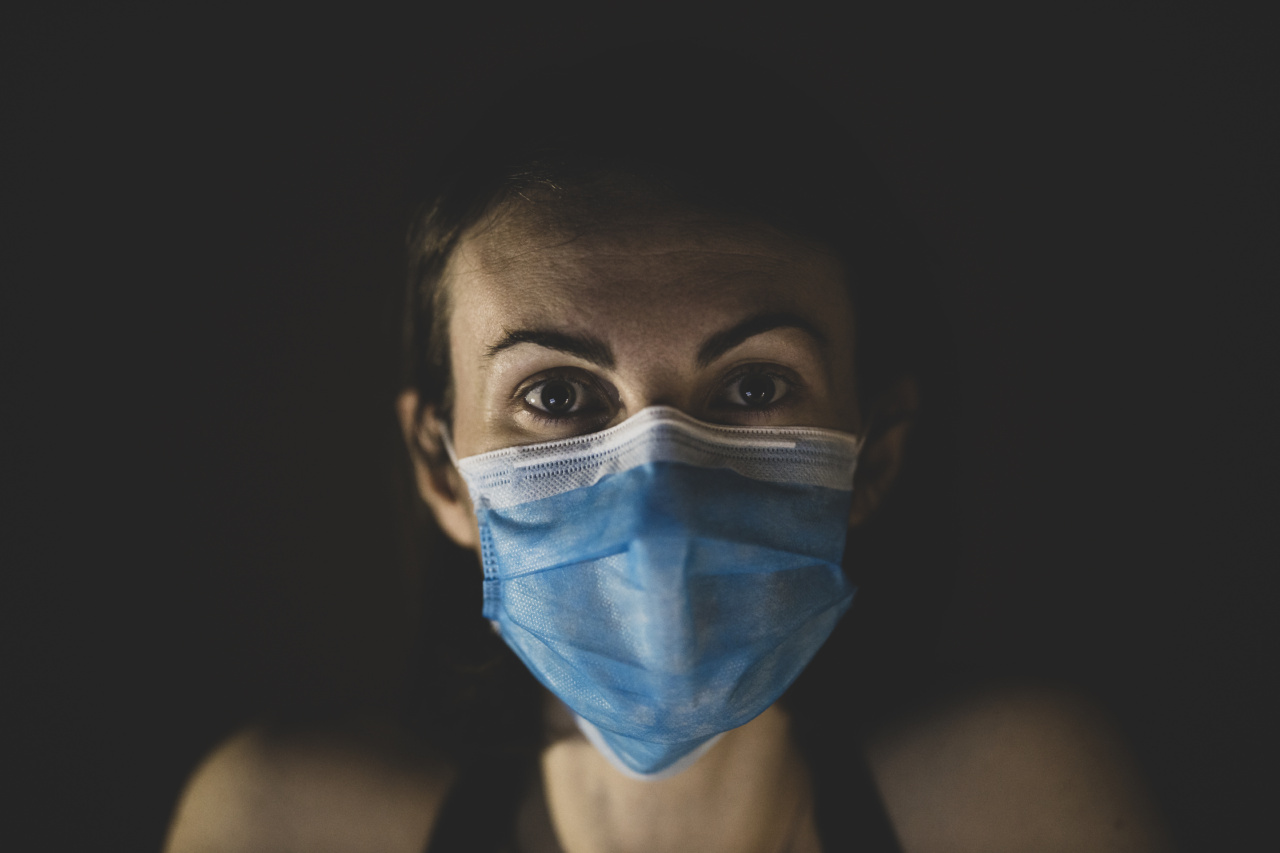In recent weeks, a deadly flu outbreak has swept through our community, causing widespread panic and concern. With flu season in full swing, medical facilities are grappling with a surge of patients seeking medical help.
Sadly, the alarming situation has already led to 22 patients being admitted to the intensive care unit (ICU) and has claimed the lives of three individuals. As health authorities work tirelessly to contain the outbreak and provide necessary care, it is crucial for the public to be informed about the severity of the situation and take appropriate precautions.
The Devastating Impact of the Flu
Each year, the flu virus presents a significant public health challenge, affecting millions of people worldwide.
Even though some may dismiss it as a common illness, influenza has the potential to cause severe complications and even death, particularly among vulnerable populations such as the elderly, young children, pregnant women, and those with compromised immune systems. The recent outbreak in our community serves as a stark reminder of the seriousness of this infectious disease.
According to the Center for Disease Control and Prevention (CDC), the flu is responsible for thousands of deaths and numerous hospitalizations each year.
The virus primarily spreads through respiratory droplets when an infected individual coughs, sneezes, or talks. It can also be contracted by touching surfaces or objects contaminated with the virus and then touching the mouth, nose, or eyes.
Strain Identification and Vaccination
Scientists and medical experts continuously monitor the flu virus, tracking its various strains and making predictions for each flu season.
Although the flu vaccine cannot guarantee 100% protection against all strains, it remains the most effective preventive measure available. Vaccination not only reduces the risk of contracting the flu but also helps mitigate the severity of the illness for individuals who do become infected.
It is essential to keep in mind that the flu virus mutates and evolves, leading to the appearance of new strains each year. Therefore, public health organizations must constantly update the flu vaccines to provide the most accurate protection possible.
Unfortunately, not everyone takes advantage of this life-saving tool, which can contribute to the rapid spread and severity of an outbreak like the one currently gripping our community.
Common Symptoms and Complications
Recognizing the symptoms of the flu is crucial for seeking timely medical help and preventing further complications. While symptoms can vary from person to person, common signs of the flu include:.
- Fever or feeling feverish
- Coughing and sore throat
- Runny or stuffy nose
- Muscle or body aches
- Headaches and fatigue
- Nausea, vomiting, and diarrhea (more common in children)
It is important to note that the flu can lead to severe complications, especially among vulnerable individuals. Pneumonia, bronchitis, sinus infections, and ear infections are the most common complications associated with the flu.
In severe cases, the virus can even cause organ failure and death. Recognizing and addressing symptoms promptly can significantly reduce the risk of complications and save lives.
Preventive Measures to Curb the Outbreak
While it may seem impossible to completely eliminate the risk of contracting the flu, several preventive measures can help curb the outbreak and protect individuals from falling ill. It is crucial for everyone to:.
- Get vaccinated: The first and most crucial step is ensuring that as many people as possible receive the flu vaccine. Vaccination not only protects individuals but also helps create herd immunity, further preventing the spread of the virus.
- Practice good hygiene: Frequent handwashing with soap and water for at least 20 seconds is highly effective in reducing the transmission of the virus. When soap and water are not available, using alcohol-based hand sanitizers with at least 60% alcohol content is recommended.
- Avoid close contact with sick individuals: Steer clear of individuals who are exhibiting flu-like symptoms, as close contact increases the risk of transmission.
- Cover coughs and sneezes: Always cover your mouth and nose with a tissue or your elbow when coughing or sneezing to prevent spreading droplets in the air or contaminating surfaces.
- Stay home when sick: If you are experiencing flu-like symptoms, it is crucial to stay home from work, school, or public gatherings to prevent spreading the virus to others.
Overwhelmed Healthcare Systems
The sudden surge of flu patients has placed a tremendous strain on healthcare systems, hospitals, and medical professionals. ICU resources are being stretched thin as they cope with the influx of critically ill patients.
The situation is particularly challenging given the ongoing COVID-19 pandemic, which has already overwhelmed healthcare systems around the world.
Healthcare workers, who continuously put their lives at risk to save others, are now faced with an even more daunting task.
Long working hours, physical and emotional exhaustion, and limited resources create an unprecedented burden for these heroes on the frontlines. It is essential for the public to support and appreciate the sacrifices made by healthcare professionals during these challenging times.
The Importance of Public Awareness
Public awareness plays an integral role in controlling and containing the flu outbreak. Timely and accurate information can help dispel myths, misconceptions, and uncertainties surrounding the flu.
By staying informed about the severity of the situation and adhering to the guidance provided by healthcare authorities, individuals can contribute significantly to limiting the spread of the virus and protecting themselves and their loved ones.
It is important to rely on credible sources of information such as the CDC, World Health Organization (WHO), and local health departments for updated guidelines and recommendations.
Sharing accurate information with friends, family, and colleagues can also help raise awareness and promote responsible behavior.
The Road to Recovery
While the current flu outbreak has undoubtedly taken a toll on our community, it is essential to remain optimistic and look towards the recovery phase.
Efforts are underway to expand vaccination campaigns, ensure adequate resources for healthcare facilities, and raise awareness about preventive measures.
By working together as a community and supporting one another, we can overcome the challenges posed by this deadly flu outbreak.
Let us not forget the importance of vaccination, good hygiene practices, and responsible actions to protect ourselves and those around us. Together, we can combat the flu and prevent further devastation.
Conclusion
The deadly flu outbreak sweeping through our community has left behind a trail of devastation. The ICU wards are teeming with patients fighting for their lives, while families mourn the loss of loved ones.
As the situation unfolds, it is crucial for each individual to recognize the severity of the outbreak and take appropriate measures to protect themselves and others.
Vaccination remains our most potent weapon against the flu virus. By getting vaccinated, practicing good hygiene, and staying informed, we can collectively mitigate the impact of this outbreak.
Let us rally together, support our healthcare heroes, and work towards a healthier and safer future for our community.































